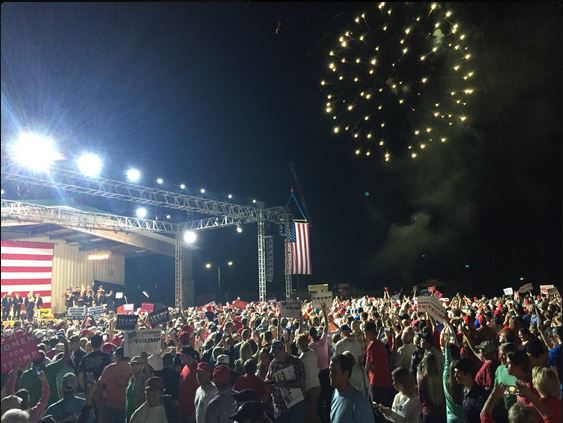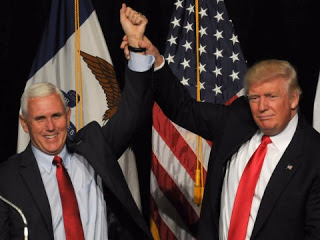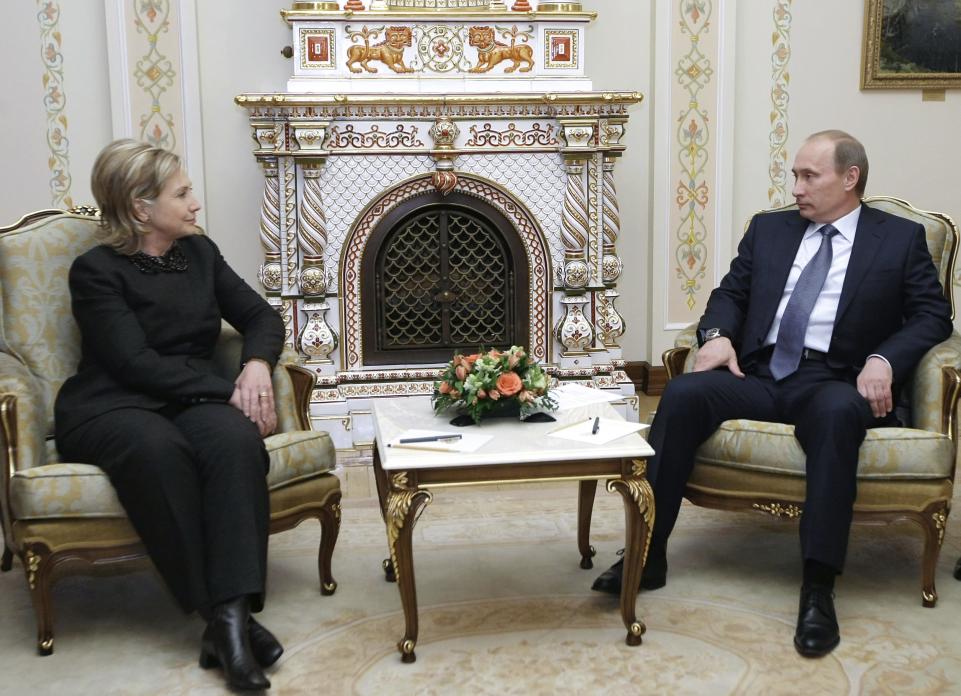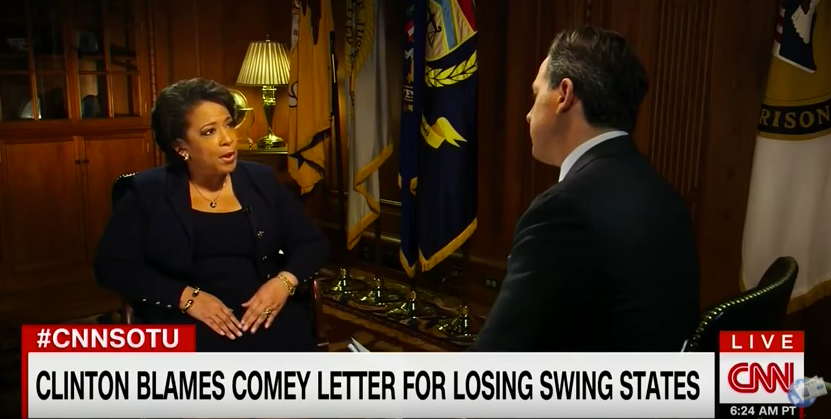Populism and White Middle Class: Who Are Trump Voters?
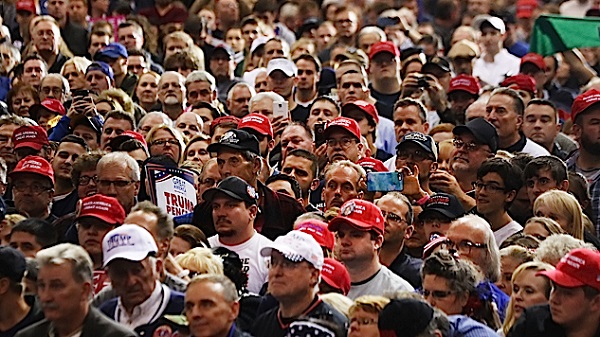 The Democracy Fund Voter’s project identified Trump’s supporters in 2016 in five different categories: American Preservationists (20%), Staunch Conservatives (31%), Anti-Elites (19%), Free Marketeers (25%), and the Disengaged (5%). Each of these groups had different reasons for voting for Trump. In many cases it was a hold your nose and vote against Hillary and others supported Trump because they believed in Trump. Many pundits and pollsters alike underestimated the Trump coalition and overlooked the angst among many voters including Republicans that made Trump an attractive alternative. Even today, Trump’s appeal is truly not fully understood.
The Democracy Fund Voter’s project identified Trump’s supporters in 2016 in five different categories: American Preservationists (20%), Staunch Conservatives (31%), Anti-Elites (19%), Free Marketeers (25%), and the Disengaged (5%). Each of these groups had different reasons for voting for Trump. In many cases it was a hold your nose and vote against Hillary and others supported Trump because they believed in Trump. Many pundits and pollsters alike underestimated the Trump coalition and overlooked the angst among many voters including Republicans that made Trump an attractive alternative. Even today, Trump’s appeal is truly not fully understood.
Staunch conservatives embrace fiscal discipline and moral traditionalism including a moderate restriction view of immigration. During the primary, they comprised the second major tier among core Trump supporters and Ted Cruz was their second choice, rejecting what they considered traditional establishment Republicans. Since the election, their support for Trump has been steadfast and many of these Republicans are slightly older, more male than female but they are also upper middle class with moderate levels of education. They can’t really be described as the working class that one associate with Trump but may be considered the conservative wing of the Party that makes up the grass roots of the Party.
They are often members of the NRA, own guns and are the most political active and aware of political issues. They are skeptical of immigration, legal or illegal but not to the extent of the preservationists. They are small government fiscal conservatives and along with the Free Marketeers, hold a disdain for higher taxes on the wealthy, business regulations and government run health care while supporting free trade. They hold traditional skepticism of environment issues and conventional conservative positions on social issues just as single sex marriage and abortion.
The Free Marketeers contains the most educated and highest paid of all of Trump voters and they are more likely working full time, own their homes or have private health insurance. They are more cosmopolitan, more likely to know gay people and the least likely to watch TV. Plus, like Staunch Conservatives they are politically active and informed of issues. They view the free market solving many of our economic problems better than strong government actions and they favor immigration reform and believe immigration is good for the country. Many within this group can be considered Libertarian Republicans.
The Preservationists are the least loyal of Republicans. Trump nationalism appealed to them but at least half of them viewed Clinton’s positively back in 2012. This group was the key group that launched Trump and could be accurately described as Trump Republicans, Republicans whose loyalty was to Trump as opposed to the Republicans. They have the lowest level of education and income among Trump voters, and as a group they are more likely to need government assistance which explains why they are not eager for major cuts in the entitlements. Their Christian identity is important to them but they don’t necessarily go to Church. They not only oppose illegal immigration but want to see legal immigration levels decline since they don’t view immigration as a benefit and have a more nativists view of what is America.
Anti-Elites like the Preservationists view the economic system as rigged but take a more moderate position on immigration and most likely favor compromise and can describe as non-label voters. They were not as excited for Trump as the Preservationist but while they liked Clinton in 2012, they turned against her in 2016. This group is younger with moderate level of education and have no problems with taxing the wealthy. While they are more liberal than other Republicans, they are more conservative on issues like immigration when compared to Democrats who have moved sharply to the left.
The last group of Trump supporters are the disengaged voters who are not particularly active in politics but they fell detached from various institutions around them and like many of the Trump coalition, are skeptical of immigration. They are younger, female and secular when it comes to religious beliefs. Trump’s stance on immigrations closed the deal for them.
When viewing the Trump coalition, you see that many Trump voters are attracted less by economic conservatism but by more traditional values that Trump talked about including putting America first and making America great again. This is a warning sign for Republicans since a major failure on their part will send a good portion of the Trump Republican coalition scurrying to a more progressive candidate just as a future version of Bernie Sanders.
The future of Populism in the light of a Trump’s failure could be an American version of Marine Le Pen who moved sharply to the left on economic issues in the past French election to a point that many of her position were not markedly different from the hard-left candidates. The data shows that there is an underlying feeling that the system is rigged and many simply don’t trust the Republican leadership.
Stanley Greenberg observed, “Even though they are defending Trump now, many were shaken by some of the doubts we tested. Some became exasperated, when we got to the right “drain the swamp” critique – a critique of his cabinet of “million-dollar campaign donors, [bailed out] bankers from Goldman Sachs and people who used undocumented workers in their homes.” Also concerning to them was the prospect of his promised middle class tax going mostly to the top 1 percent, including a $4 billion break for the Trump family. These doubts make Trump appear a typical politician and say its back to the same “bullshit… majority of these voters were very open to Democrats like Senators Brown, Sanders and Warren who oppose trade deals, want to protect consumers from Wall Street, oppose corporate tax breaks.”
Breitbart Virgil noted, “In the decades since, observers have tracked the influence of MARs (Middle American Radicals) through the candidacies of such disparate figures as Dick Gephardt, Ross Perot, Pat Buchanan, and even Bill Clinton—who carried the country in both 1992 and 1996. The common thread running through all these political flirtations was a deep-seated disaffection from the system, which led MARs to mistrust all politicians, especially incumbents. They have always been looking for a fresh populist face, of whatever party, who would “shake things up.”
The Trump coalition is not a permanent coalition but one that needs to be nursed and expanded upon. A failure will cripple conservatism, small government philosophy and the Republican Party as we will face specter of two big government parties.



